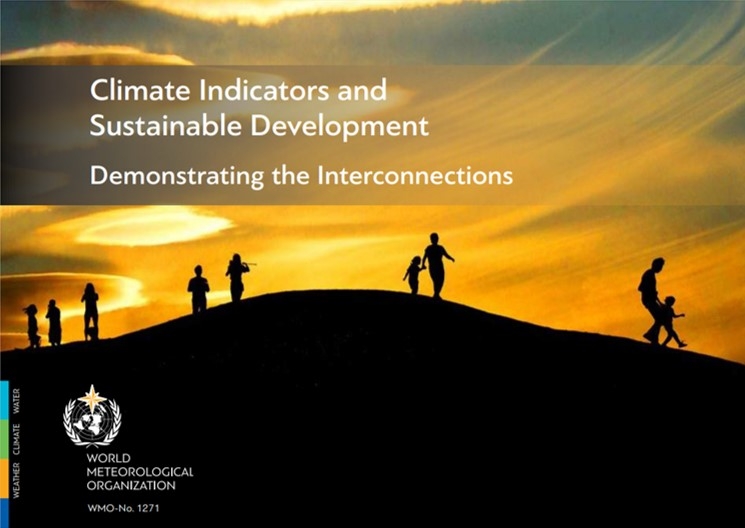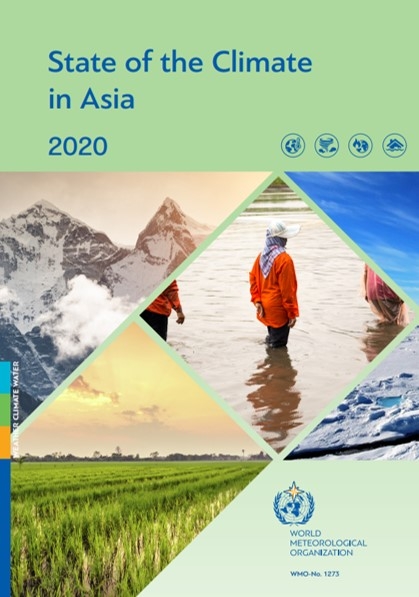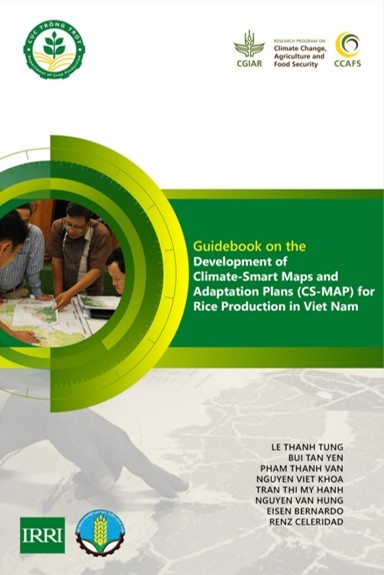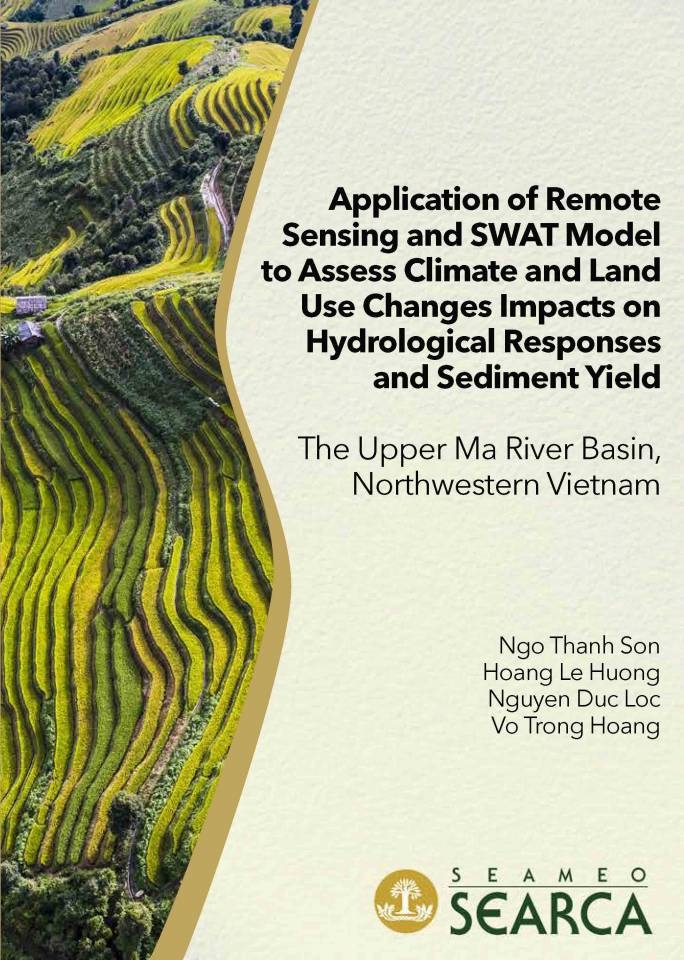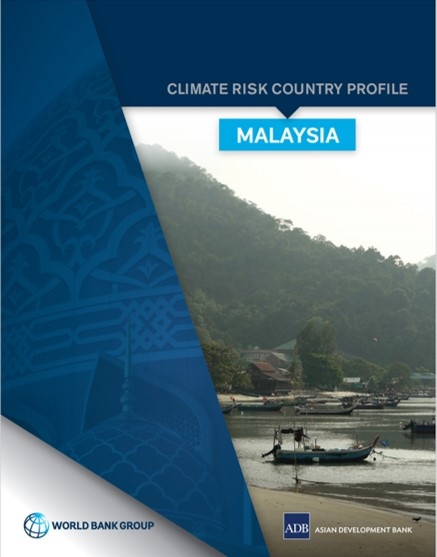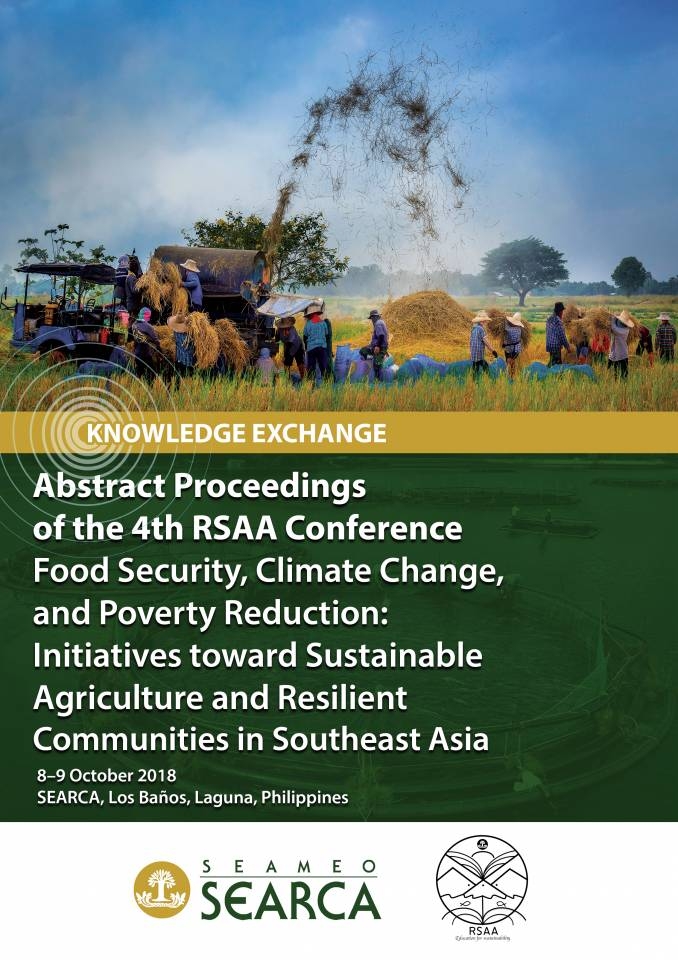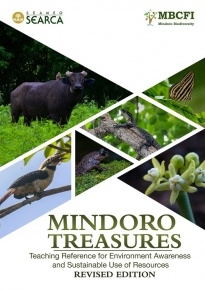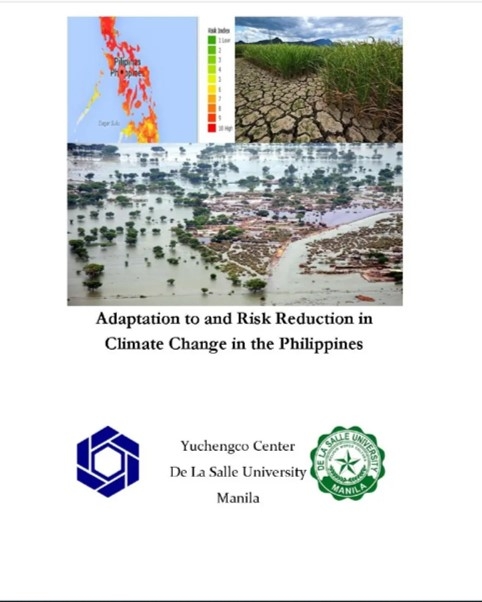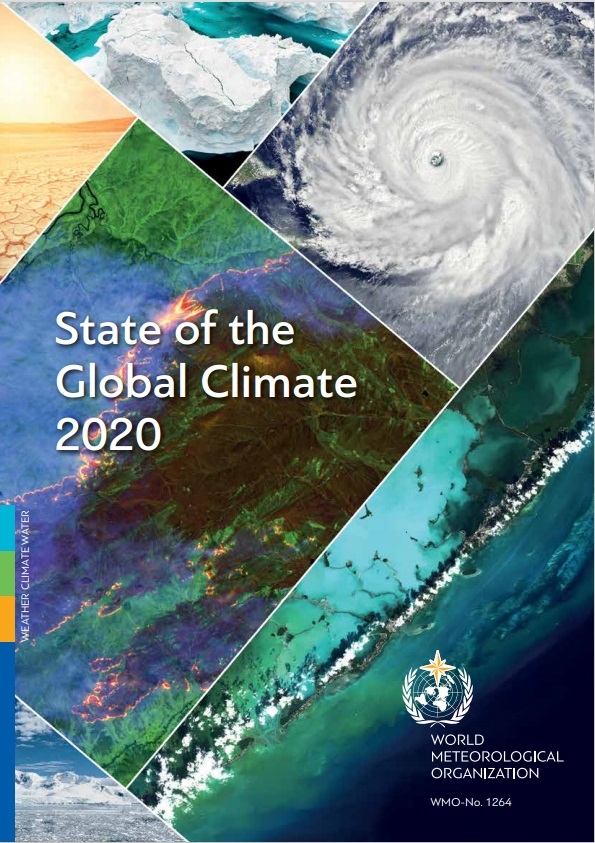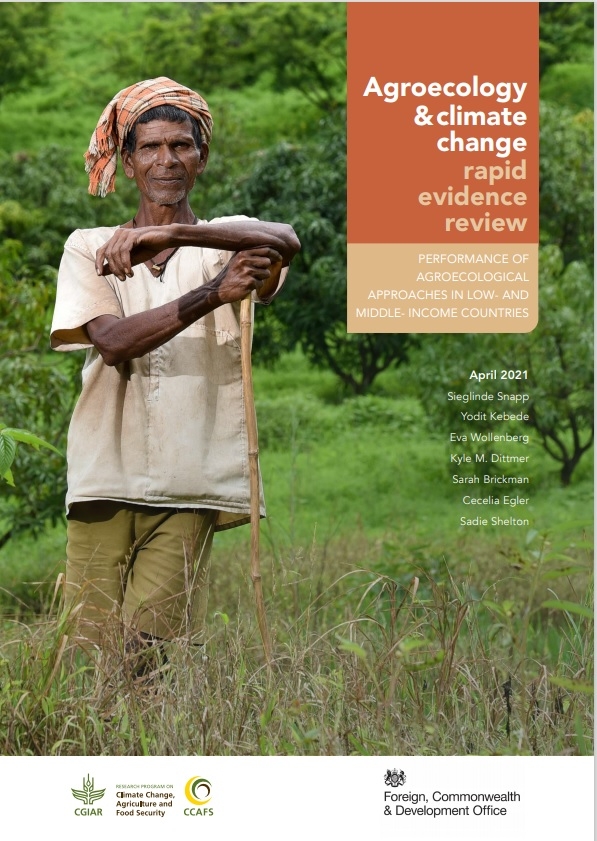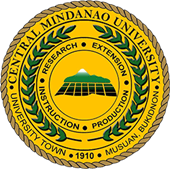Publications
This contains experience notes, adaptation notes, policy briefs, policy papers, technical reports, stories on good practices, and other publications related to climate change adaptation and mitigation in Southeast Asia not just from SEARCA, but also from KC3's partners and other agencies/institutions.
If the Sustainable Development Goals (SDGs) are to be achieved by the 2030 target, the risks posed by human-induced climate change must be understood and addressed. The World Meteorological Organization has published a new report on ***Climate Indicators and Sustainable Development: Demonstrating the Interconnections. ***Its release coincides with the United Nations General Assembly annual session and the opening on 22 September of the SDG Action Zone, which is dedicated to accelerating action on the SDGs. The aim of the WMO report…
Extreme weather and climate change impacts across Asia in 2020 caused the loss of life of thousands of people, displaced millions of others and cost hundreds of billions of dollars, while wreaking a heavy toll on infrastructure and ecosystems. Sustainable development is threatened, with food and water insecurity, health risks and environmental degradation on the rise, according to a new multi-agency report coordinated by the World Meteorological Organization (WMO). The State of the Climate in Asia 2020 provides an overview of…
This guidebook explains how to develop and implement the Climate-Smart Map and Adaptation Plan (CS-MAP). Using participatory tools, CS-MAP serves as a guide for local communities to develop their own risk maps and adaptive plans, which cater to their respective local contexts. The five key steps to develop the CS-MAP are: (1) define climate-related risks; (2) define the border of risk extents; (3) recommend adaptation plans; (4) modify climate-smart maps and adaptation plans; and (5) integrate outcomes at the sub-regional…
The Upper Ma River basin located in Son La and Dien Bien provinces in the northwestern region of Vietnam has a total area of 6,688 km2. It is a typical river basin in Vietnam, a transboundary with variable flow regime and topography, and has high population pressure in its mountainous region. It is also considered as one of the most disaster-prone regions, suffering from typhoons, tropical storms, drought, landslides, soil erosion, and forest fires. In the study area, land use…
It outlines rapid onset and long-term changes in key climate parameters, as well as the impact of these changes on communities, livelihoods, and economies—many of which are already underway. The publication is part of a series of climate risk country profiles published jointly by ADB and the World Bank Group. The aim of the series is to provide development practitioners with easy-to-use technical resources to facilitate upstream country diagnostics, policy dialogue, and strategic planning.
This book is our gift to the committed educators who are the message bearers, to the valuable students who are the future leaders and owners of the land, and to the most privileged Mindoreños who are the current beneficiaries and guardians so that they can be our true partners in the conservation of their most valuable God-given gift: Mindoro’s rich natural treasures.
The report, “Adaptation to and Risk Reduction in Climate Change in the Philippines,” that the Yuchengco Center, De La Salle University, Manila, published presents a thorough investigation of the country’s exposure, vulnerabilities to climate change, climate projections, other issues related to climate change, the country’s response, and recommendations from the authors. The Philippines ‘ vulnerability to climate change is due to its geography, location within the pathway of typhoons in the Pacific Ocean, and earthquake-prone Pacific Rim. The deadliest storm that hit…
2021 must be the year for climate action – “the make it or break it year,” said United Nations Secretary-General António Guterres at the launch of WMO’s report on the State of the Global Climate 2020 which highlighted accelerating climate change indicators and worsening impacts. “This is a frightening report. It needs to be read by all leaders and decision-makers in the world,” Mr Guterres told journalists. “This report shows that 2020 was also another unprecedented year of extreme weather and climate disasters. The…
Agroecology is increasingly seen as being able, or even necessary, to transform food systems (HLPE 2019). The Foreign, Commonwealth and Development Office (FCDO) and the CGIAR Research Programme on Climate Change, Agriculture and Food Security (CCAFS) commissioned this rapid evidence-based review to assess the quality and strength of evidence regarding (i) the impact of agroecological approaches on climate change mitigation and adaptation in low- and middle-income countries (LMICs) and (ii) the programming approaches and conditions supporting large-scale transitions to agroecology…

